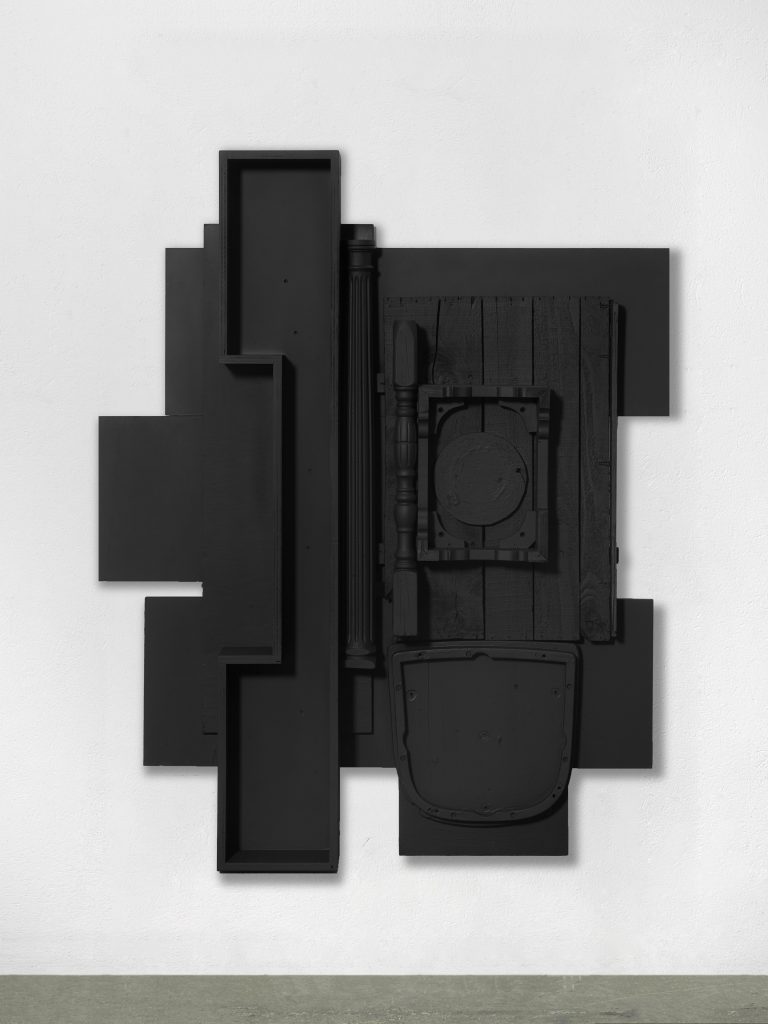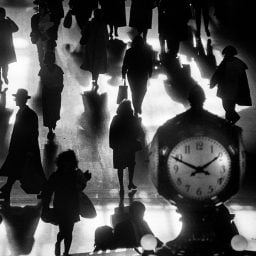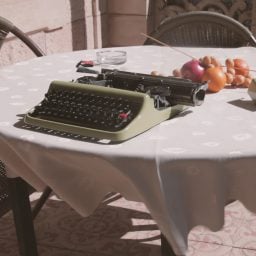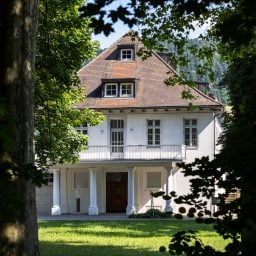Every month, hundreds of galleries add newly available works by thousands of artists to the Artnet Gallery Network—and every week, we shine a spotlight on one artist or exhibition you should know. Check out what we have in store, and inquire for more with one simple click.
What You Need to Know: Galerie Michael Haas of Berlin is presenting the dual-artist exhibition “Louise Nevelson and George Rickey,” with portions of the show on view in each of the gallery’s two city locations: in rooms on Niebuhrstrasse and at Kunst Lager Haas. The exhibition is the very first time that Nevelson and Rickey’s works have been shown together and is comprised of collages and sculptures by Nevelson and indoor and outdoor sculptures by Rickey. Accompanied by an exhibition catalogue, the opening of the show coincides with Gallery Weekend Berlin—the citywide event that invites visitors to explore the capital’s vibrant and diverse art scene. This exploration of Rickey’s oeuvre also serves as a kickoff for a series of regional shows and events dedicated to the sculptor over the course of a year: Eight outdoor sculptures will go on view in June at the Schlossgut Schwante sculpture park, and the George Rickey Foundation will also host a symposium on the artist there.
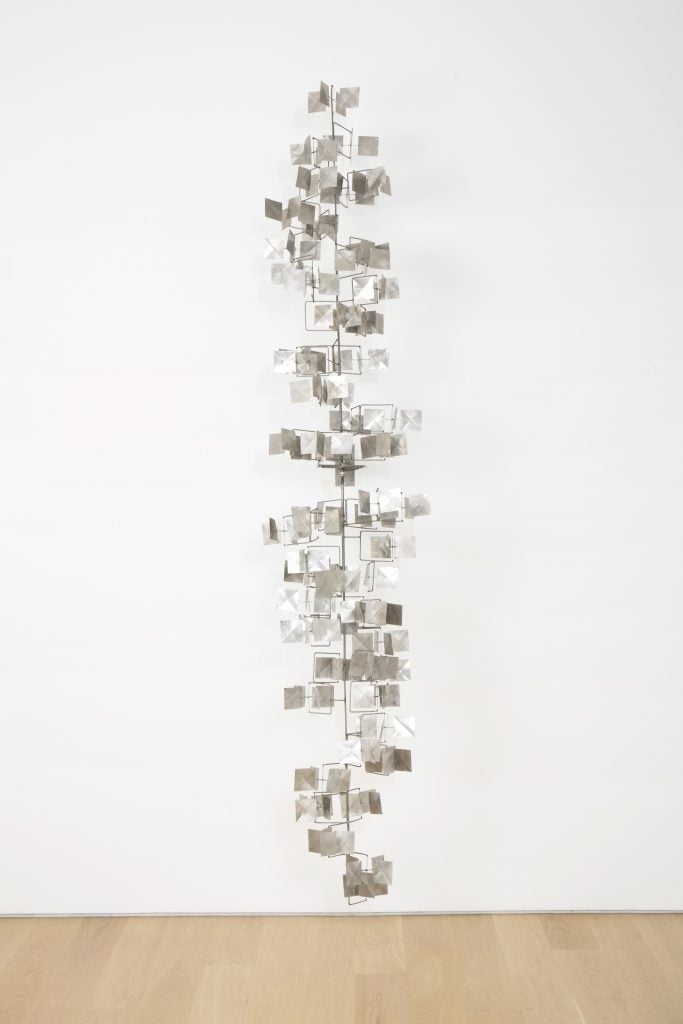
George Rickey, Crucifera – Pillar of Light (1994). Photo: Diego Flores. Courtesy of the George Rickey Estate and Galerie Michael Haas, Berlin.
About the Artists: Originally hailing from Russia, the American artist Louise Nevelson (1899–1988) is best known for her large-scale, monochromatic wooden sculptures—predominantly painted all black. Her practice was marked by a distinct bent toward experimentation, using various found materials and creating works such as collages and lithographs. Though she faced struggles in the early part of her career, from the 1940s onward she was recognized as an influential member of the New York art world and had her first career retrospective at the Whitney Museum of American Art in New York. A contemporary of Nevelson, George Rickey (1907–2002) was a pioneer of kinetic sculpture, noted for his geometric, stainless-steel sculptures. Employing an innovative method of weights and shifting balance points, Rickey’s highly technical work achieves organic, fluid movement. Both Nevelson and Rickey were key figures of the German art scene following their participation in both Documenta III and IV—and Rickey’s 1969 work Four Squares in a Square was reinstalled in Neue Nationalgalerie following its renovation in 2022.
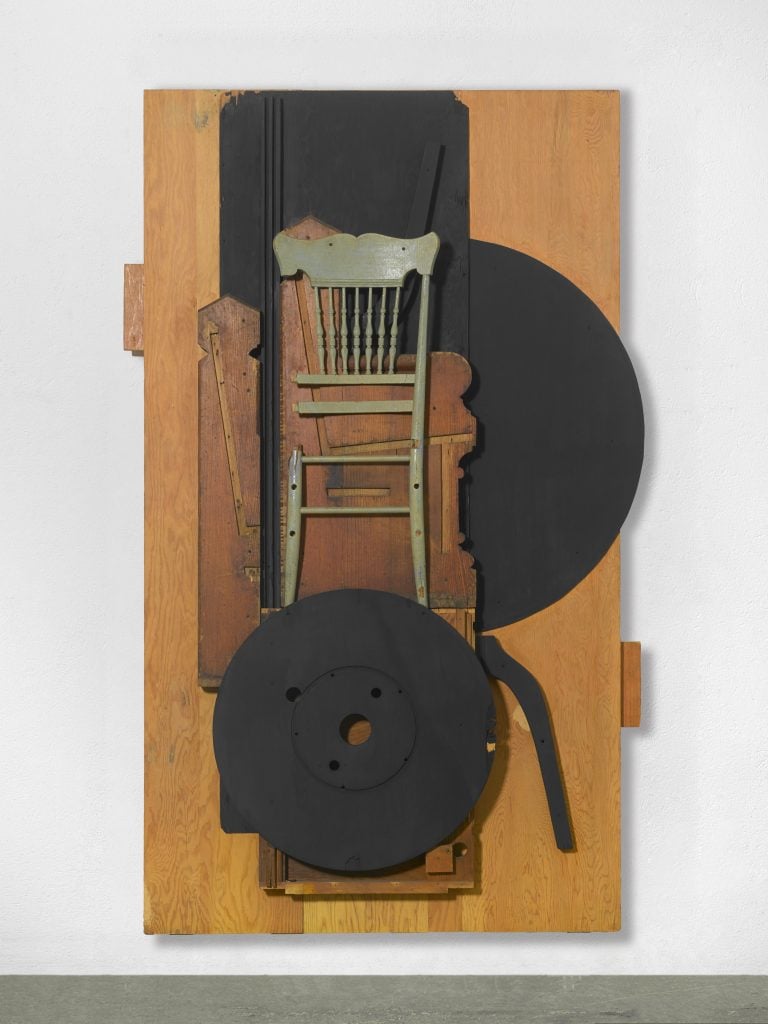
Louise Nevelson, Untitled (1980). Photo: Alessandro Zambianchi. Courtesy Galerie Haas, Zurich, and Galerie Michael Haas, Berlin.
Why We Like It: Both Nevelson and Rickey were significant contributors to the trajectory of 20th-century art, with their respective practices expanding the boundaries of sculpture as a medium and redefining approaches to art-making. Whereas Rickey’s oeuvre has maintained relevance and acclaim in Germany, Nevelson’s reputation has grown more notably in the United States. The opportunity offered by Galerie Michael Haas to view and appreciate each artist’s work individually, as well as in juxtaposition to each other, is an invaluable chance to reconsider their careers independently and in parallel—and draw new insight into their respective places within the art-historical canon. With Nevelson’s sculptural works largely made from organic materials, and in contrast to Rickey’s in raw steel, the oppositional elements present in “Louise Nevelson and George Rickey” create an incisive expositional dichotomy.

George Rickey, Annular Eclipse Wall Variation IV (1996). Courtesy of Galerie Michael Haas, Berlin.
“Louise Nevelson and George Rickey” is on view with Galerie Michael Haas, Berlin, through August 5, 2023.
